THE EARLY DAYS
OUR ROOTS ARE PLANTED DEEP IN THE KANSAS FLINT HILLS.
The Wiggins family history in the Flint Hills of Greenwood County began in 1871 when William H. Wiggins purchased and farmed land that would eventually become the city of Eureka. A Civil War veteran and prisoner of war, Wiggins and wife, Rebecca, raised a family of seven children northwest of Eureka.
Their son, Frank, soon set out on his own, buying school patent land near Teterville from the government in the late 1800s. Frank broke the sod on the 120 acres with his team of Morgan mares and a pair of mules. He fenced off a single acre using long narrow rock posts for corners and hedge posts for a front gate. Eventually, he would build a native stone house here, but in the early days, Frank lived in an open-fronted lean-to shed with little protection from the elements other than his father’s old canvas army horse blanket. Today, one of Frank’s rock corner posts stands in front of the Wiggins ranch house with the family name carved into one side — a reminder of the deep roots our family has in these hills.
THE EARLY DAYS
OUR ROOTS ARE PLANTED DEEP IN THE KANSAS FLINT HILLS.
The Wiggins family history in the Flint Hills of Greenwood County began in 1871 when William H. Wiggins purchased and farmed land that would eventually become the city of Eureka. A Civil War veteran and prisoner of war, Wiggins and wife, Rebecca, raised a family of seven children northwest of Eureka.
Their son, Frank, soon set out on his own, buying school patent land near Teterville from the government in the late 1800s. Frank broke the sod on the 120 acres with his team of Morgan mares and a pair of mules. He fenced off a single acre using long narrow rock posts for corners and hedge posts for a front gate. Eventually, he would build a native stone house here, but in the early days, Frank lived in an open-fronted lean-to shed with little protection from the elements other than his father’s old canvas army horse blanket. Today, one of Frank’s rock corner posts stands in front of the Wiggins ranch house with the family name carved into one side — a reminder of the deep roots our family has in these hills.
BUILDING A BREED
ALBERT WIGGINS HELPED DEVELOP THE BRANGUS INDUSTRY.
Albert, the youngest of Frank’s seven children, was born in 1924. As a young boy, Albert worked for area ranchers sharpening hedge posts, fixing fence and breaking colts. Later, he helped receive and ship cattle, driving them horseback across the hills to and from the rail yards. When Albert graduated from high school in 1942, his father gifted him seven Shorthorn-Hereford cross heifers.
Albert experimented with the Shorthorn-Hereford cross in an attempt to appease the best buyers in the area. Eventually, in a broad step ahead of his time, he bred his Shorthorn-Hereford cows to Angus bulls. Not long after, he weaned his first set of 600-pound calves, a major feat at the time. As the trend for “black baldy” cows increased, Albert experimented with several breeds, eventually settling with Brangus. The positive results from those cattle led him to begin developing the commercial Brangus herd.
Through the years, the Wiggins Ranch has been involved in multiple research projects studying bull performance traits, carcass data, EPDs and more with several area universities. Albert was influential in the growth of the Brangus breed. He worked closely with Brinks and Camp Cooley developing genetics and was often called on for industry panels and speaking opportunities.
A LEGACY LEFT BEHIND
OUR FAMILY STRIVES TO PRODUCE TOP QUALITY BEEF CATTLE.
Albert and wife, Darlene, purchased the existing ranch headquarters in the early 1970s. The ranch consists of 10,000 acres of owned and leased pastures, as well as a small feedlot. Today, the daily operations of the Wiggins Ranch are managed by Albert and Darlene’s son, Mike, and his wife, Rene. Albert and Darlene’s daughter, Deb, and her family have also been heavily involved in the ranch, and own a herd of purebred Brangus cattle. Seven great-grandchildren make up the sixth generation of the Wiggins family in Greenwood County.
Though he’s been gone nearly 20 years, Albert’s influence is ever prevalent at the ranch. The cowherd consists of predominantly Brangus-Angus cows, with the occasional “black baldy” here and there. The ranch is still primarily a cow-calf operation, though we do custom graze a few thousand head of yearlings each summer.
Albert believed in producing quality cattle over quantity, and he was passionate about moving the beef industry forward. He stressed the importance of preserving the native grasslands for future generations, and taught us the subtle arts of horsemanship and cattle handling. His is a legacy we are proud to carry on.
A LEGACY LEFT BEHIND
OUR FAMILY STRIVES TO PRODUCE TOP QUALITY BEEF CATTLE.
Albert and wife, Darlene, purchased the existing ranch headquarters in the early 1970s. The ranch consists of 10,000 acres of owned and leased pastures, as well as a small feedlot. Today, the daily operations of the Wiggins Ranch are managed by Albert and Darlene’s son, Mike, and his wife, Rene. Albert and Darlene’s daughter, Deb, and her family have also been heavily involved in the ranch, and own a herd of purebred Brangus cattle. Seven great-grandchildren make up the sixth generation of the Wiggins family in Greenwood County.
Though he’s been gone nearly 20 years, Albert’s influence is ever prevalent at the ranch. The cowherd consists of predominantly Brangus-Angus cows, with the occasional “black baldy” here and there. The ranch is still primarily a cow-calf operation, though we do custom graze a few thousand head of yearlings each summer.
Albert believed in producing quality cattle over quantity, and he was passionate about moving the beef industry forward. He stressed the importance of preserving the native grasslands for future generations, and taught us the subtle arts of horsemanship and cattle handling. His is a legacy we are proud to carry on.


